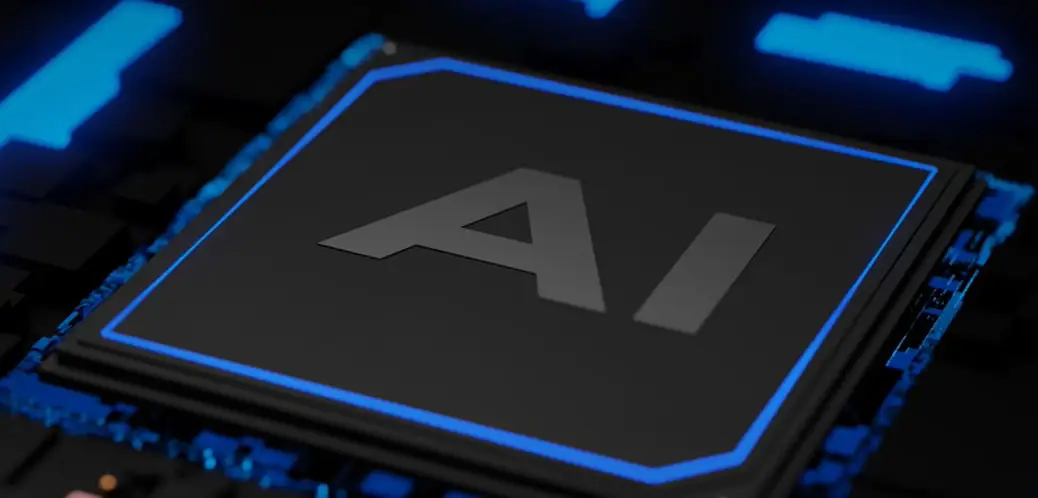Power management company Eaton and Tenneco have announced a joint development agreement between Eaton’s Vehicle Group and Tenneco’s Clean Air business group to produce an integrated exhaust thermal management system that will enable commercial truck and light vehicle manufacturers to meet upcoming emissions regulations.
Across the globe, emission standards are tightening for vehicle manufacturers. In Europe, the next stage of emissions standards, known as Euro 7 (for light-duty vehicles) and Euro VII (for heavy-duty), are targeted for introduction in 2025. The California Air Resources Board (CARB) and the U.S. Environmental Protection Agency (EPA) have similar actions planned for 2024 and 2027, respectively. Collectively, these new regulations will reduce tailpipe NOx limits by 90 percent, thus accelerating the need for global engine manufacturers to employ additional emission reduction strategies.
Under terms of the agreement, Tenneco’s Cold Start Thermal Unit (CSTU) will be combined with Eaton’s TVS® blower technology. The integrated exhaust thermal management system will provide heat directly to the vehicle’s aftertreatment system, which is essential for reducing harmful exhaust emissions. Upon heating the SCR catalyst to approximately 200 – 250 degrees Celsius, the aftertreatment system can efficiently convert NOx into clean emissions (e.g., nitrogen and water particles) upon exiting the SCR catalyst. Eaton’s electrically driven TVS Roots blower allows the airflow to be efficiently and precisely controlled so the CSTU can maintain optimal aftertreatment temperatures.
“CSTU is an active thermal management technology that rapidly heats and maintains the emission control system temperature,” said Nick Morley, director, global advanced engineering, Tenneco’s Clean Air business group. “Since the majority of emissions are generated during the initial start of engine operation and during extended idle conditions, the addition of an integrated exhaust thermal management system in front of the catalyst enables rapid light-off and efficient NOx conversion through the full range of operating conditions.”
“It became clear about three years ago that future CARB and EPA NOx regulations would be drastically stricter than they are today, and the exhaust thermal management system is an effective technology to actively heat up an aftertreatment system for commercial vehicle diesel engines to dramatically reduce cold-start NOx emissions,” said Justin Hopkins, technology development manager, Eaton’s Vehicle Group.
“Tenneco is an established leader in the design and development of aftertreatment solutions,” said Dmitri Konson, vice president global engineering for Tenneco’s Clean Air business. “We are pleased to partner with Eaton to develop a fully optimized system for engine manufacturers, leveraging our aftertreatment technology and engineering capabilities.”
The integrated exhaust thermal management system is already drawing attention from several global manufacturers, who are currently selecting which powertrain technology will help them meet future emissions regulations. By adopting this solution complicated multi-injector, light-off catalyst systems, with close-coupled packaging can be eliminated thereby reducing complexity. The CSTU and TVS blower will be sold individually by Tenneco and Eaton, respectively, but will be engineered as a system enabling vehicle manufacturers to seamlessly integrate the components.
Development activities will take place at Tenneco’s technical center in Edenkoben, Germany, and Eaton’s technical center in Marshall, Michigan. The integrated exhaust thermal management system is anticipated to be ready for start of production in 2025 to support regulatory timing.




